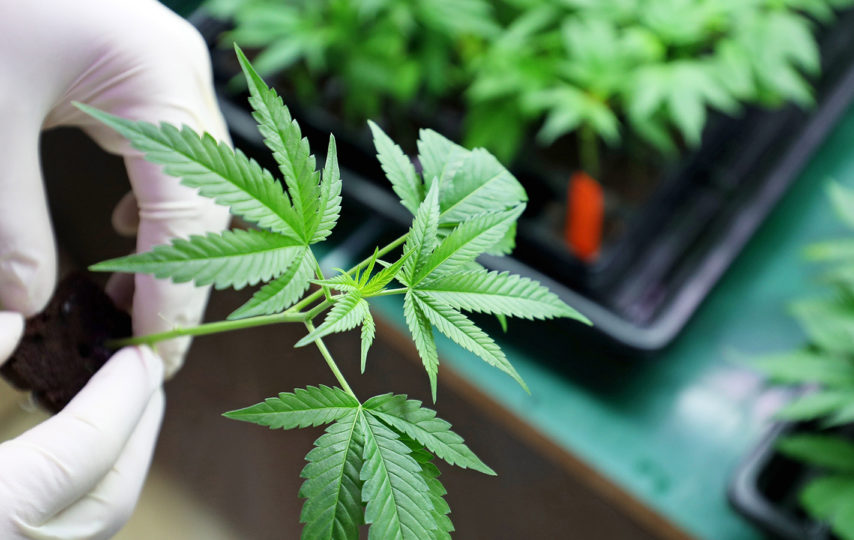The therapeutic use of cannabis is very ancient: it is believed to be one of the fundamental herbs of traditional Chinese medicine and is already mentioned in Roman times in Pliny the Elder’s “Natural History”. According to some scholars it was already known in the Egypt of the pharaohs. It was certainly prescribed for centuries, with the most varied indications, in India, and by renowned medieval Islamic doctors.
Some substances contained in this plant called cannabinoids, are very similar to the molecules produced by the brain (end cannabinoids), and can therefore act on the same target nerve cells as natural mediators, especially at the level of the cerebral cortex.
There are about a hundred in cannabis, but the most important, contained above all in the resin and in the female inflorescences, belong to two families, that of tetrahydrocannabinol, abbreviated to THC, and that of cannabidiol, abbreviated to CBD, always present in the company of other substances. Such as terpenes and flavonoids.
THC is mainly responsible for the well-known psychotropic and euphoric action of cannabis, as well as the increase in appetite and disorientation, while cannabidiol, which somewhat limits the unwanted effects of THC, has a relaxing action at best. Unlike THC, therefore, it is not considered a narcotic substance from a legal point of view and can be freely offered for sale.
The absolute concentration of THC and CBD, and their mutual proportion, which varies considerably from species to cannabis species, and even within the same species, greatly affects the final effects of its intake. For example, compared to Cannabis sativa, whose fibers have been used for centuries in the West for the production of resistant paper, cordage, and cloth, Cannabis indica, also called “Indian hemp”, is much richer in THC.
This variety was introduced and used by doctors during the nineteenth century in Europe and the United States, wherein 1850 it also entered the official pharmacopeia as an analgesic and anticonvulsant.
In the early forties of the last century, when, in the face of the availability of other more effective drugs, the risk of abuse linked to cannabis became evident, it was eliminated from the US pharmaceutical formulary and therefore included in the list of narcotic substances.
Since the late 1960s and throughout the 1970s, the recreational use of cannabis has spread, especially in youth movements, as a symbol of transgression and a means of socialization. Already in the following decade, however, there was a return to talk of it as a possible therapeutic tool against the AIDS epidemic that was exploding and that at the time no one knew how to deal with it.It is interesting to note how this first use of cannabis began with patients, their families, and friends, prompting the world of medicine and research to reconsider it as a cure, with a reverse path to the usual one in which the first results are produced. Research and then these are adopted into practice. Something similar is happening today, with a pressure to re-evaluate the therapeutic use of cannabis that seems to come more from society than from medicine, which indeed struggles to justify it on a scientific basis. One thing is for sure, there is an increase in the sales of marijuana products in general and most of them are being circulated online, for example, Jungle boys weed. We hope this information can add to your intuition.













